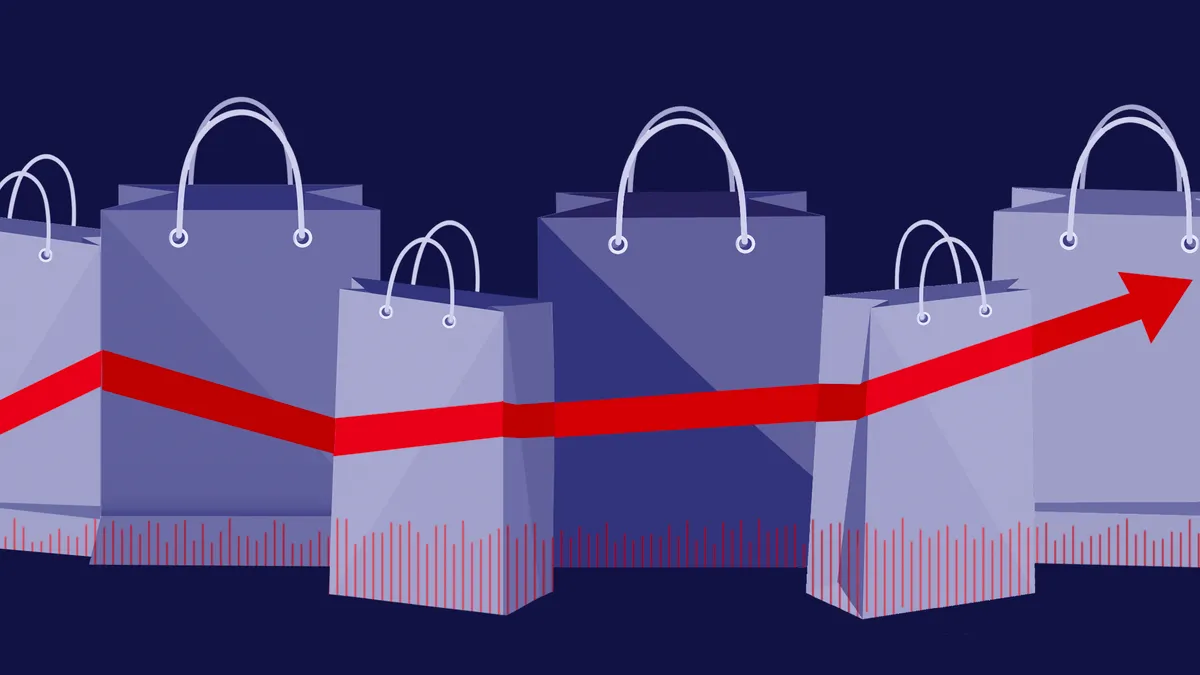As the retail industry embraces digital transformation, the integration of AI and edge cloud technology is unlocking new opportunities for personalization and operational efficiency. By processing data locally and leveraging AI at the edge, retailers can deliver tailored customer experiences, optimize pricing strategies, and streamline store operations. This article explores the technical underpinnings of AI-driven edge cloud solutions and their impact on modern retail.
On-demand, data-driven, personalized approach
It’s not just about selling something or targeted sales, its’ also about selling MORE, where the personalized experience enables all three of them. The use of AI at the edge empowers retailers to make localized, customer-specific, data-driven decisions tailored to the specific needs of each store, rather than relying on a global, one-size-fits-all approach. This capability is a game-changer for businesses operating in diverse markets, where customer demands, preferences, and purchasing behaviors can vary significantly based on factors such as a customer’s historical buying patterns, time of year, weather, demographics and social strata. By processing data locally at the edge, retailers can utilize unique conditions in real time, creating a more relevant, engaging experience for their customers, with an outcome is also more profitable for retailer.
For example, a store in a high-income area like Fifth Avenue in New York may prioritize luxury items and premium services, while a store in a rural Texas town may focus on cost-effective products and seasonal promotions. Similarly, weather conditions can influence buying patterns—rainy weather may drive demand for umbrellas and raincoats in one region, while sunny conditions in another may boost sales of outdoor gear and sunscreen.
This can all then be taken a step further with localized dynamic pricing that leverages edge AI to adjust prices in real time based on specific factors unique to each store’s environment, such as customer demographics, weather conditions, and regional demand. This approach ensures that pricing strategies are tailored to the needs of both the shopper and the retailer, maximizing sales and profitability.
Edge-AI enables each store to dynamically adjust pricing, promotions, and inventory based on these hyper-local factors, ensuring that the right products are available at the right time and price.
Revolutionizing store layouts with “Visual AI” at the edge
Edge-enabled visual-AI is transforming how retailers design, optimize, and manage their store layouts, creating smarter and more efficient shopping environments. By analyzing video feeds from in-store cameras in real time, computer vision algorithms can generate detailed heat maps that reveal customer movement patterns, areas of high engagement, and even bottlenecks in foot traffic. This localized, edge-based processing ensures that insights are delivered instantly, enabling retailers to make timely, data-driven decisions about product placement, signage, and overall store design.
Heat maps generated by computer vision provide a visual representation of how customers interact with the store environment. For example, they can highlight high-traffic areas where customers tend to linger, such as near promotional displays or popular product sections. Retailers can use this information to strategically position high-margin or seasonal products in these zones, maximizing visibility and sales potential. Conversely, underutilized areas of the store can be reimagined to improve flow or showcase products that need more attention. This dynamic approach to layout optimization ensures that every square foot of the store is used effectively, driving both customer engagement and revenue.
Beyond product placement, visual-AI can also enhance the effectiveness of in-store signage and marketing materials. By analyzing customer behavior, such as how long they pause to read a sign or interact with a display, retailers can identify which messaging resonates most with their audience. This allows for continuous refinement of marketing strategies to better capture customer attention and influence purchasing decisions.
Additionally, visual-AI can detect bottlenecks in the store, such as crowded aisles or long checkout lines, and provide actionable insights to address these issues. For instance, retailers can adjust staffing levels, open additional checkout counters, or redesign aisles to improve traffic flow. These real-time adjustments not only enhance the customer experience but also reduce frustration and increase the likelihood of repeat visits.
Driving profitability beyond just customer interactions
The integration of AI at the edge is revolutionizing profitability in retail by enabling hyper-localized decision-making that aligns store operations with the specific needs of each location. By leveraging edge-based AI, retailers can reduce inefficiencies, minimize waste, and maximize revenue opportunities, all while delivering a superior customer experience.
Inventory management is another critical area where edge-based AI enhances profitability. By predicting demand for specific products based on factors like seasonality, weather, and customer demographics, AI-driven systems can optimize stock levels to avoid overstocking or stockouts. For example, a store in a coastal area may increase prices on sunscreen and beverages during a heatwave, while a store in a colder region may discount winter gear during a snowstorm. By aligning prices with local conditions, retailers can boost revenue, reduce unsold inventory, and create a more relevant shopping experience for their customers.
Edge AI enables retailers to optimize staffing by analyzing real-time foot traffic, sales patterns, and historical data at the store level. This allows managers to schedule employees more effectively, ensuring adequate coverage during peak hours while reducing labor costs during slower periods. For example, edge AI can predict busy times based on local events or weather conditions, allowing stores to adjust staffing dynamically. By aligning workforce allocation with actual demand, retailers can improve operational efficiency, enhance customer service, and reduce unnecessary labor expenses, ultimately boosting profitability.
Additionally, edge-based AI minimizes reliance on centralized systems, reducing latency and enabling faster, more responsive decision-making. This agility allows retailers to adapt quickly to changing market conditions, ensuring that they remain competitive in a fast-paced retail environment. By aligning operations with local demand and streamlining processes, AI at the edge not only enhances customer satisfaction but also drives long-term business growth and profitability.
Conclusion
AI-driven edge cloud technology is transforming the retail industry by enabling personalized customer experiences, dynamic pricing and optimized operations. By leveraging real-time analytics, computer vision, and automation, retailers can enhance efficiency, reduce costs, and deliver exceptional value to customers. As the adoption of edge cloud solutions continues to grow, the retail industry is poised to unlock new levels of innovation and competitiveness. These technologies empower retailers to stay agile in a rapidly evolving market, respond to customer needs with greater precision and create seamless, engaging shopping experiences. By embracing AI-driven edge cloud solutions, retailers can not only meet the demands of today’s consumers but also future-proof their businesses for the challenges and opportunities of tomorrow.










